On Monday, August 6, 1945, at 8:15 a.m., a U.S. bomber dropped the first nuclear weapon used in warfare over the city of Hiroshima.
Estimates of the number killed vary from 90,000 to 166,000 people radiating from the bomb’s hypocenter, or mid-air detonation, with at least half killed in the first seconds of the blast, and others perishing of radiation injuries up to four months after the blast.
A building exactly at ground zero was partly destroyed, but a piece remained standing, making it “the building closest to the hypocenter of the nuclear bomb that remained at least partially standing.” It has been preserved as a reminder of the awful event.
The museum in the Peace Park faces the A-bomb dome and contains relics of the explosion which includes “clothing, watches, hair, and other personal effects worn by victims of the bomb” and “a section that looks at what happened to wood, stone, metal, glass, and flesh from the heat” and details about the health effects suffered by humans from the radiation from the blast.











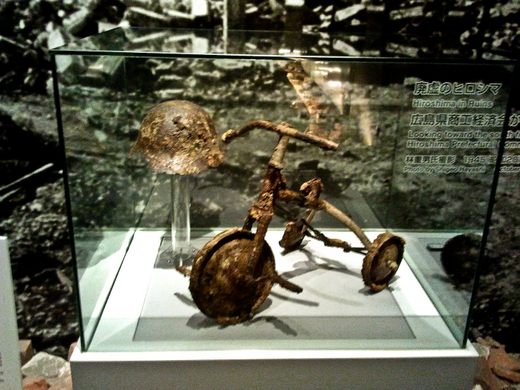
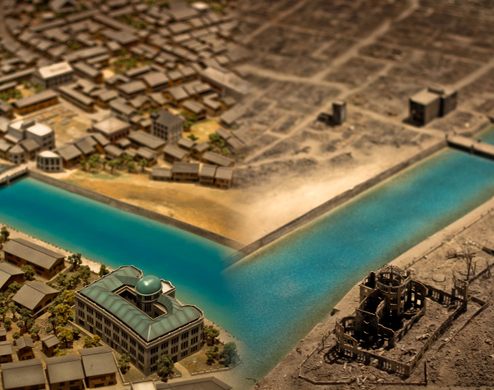
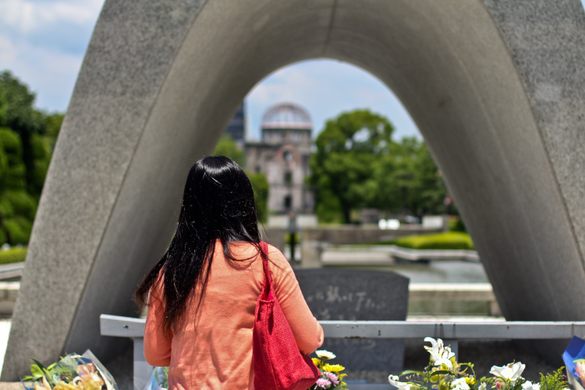



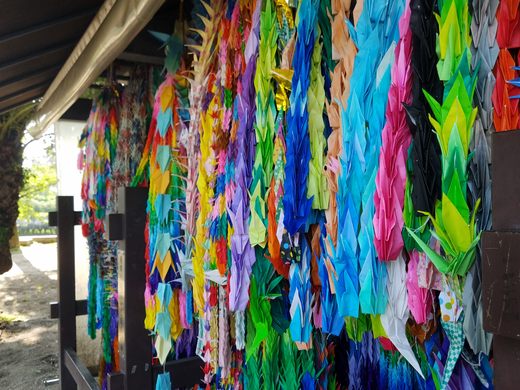
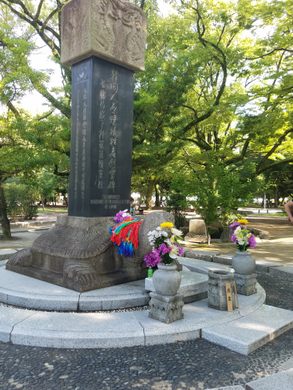
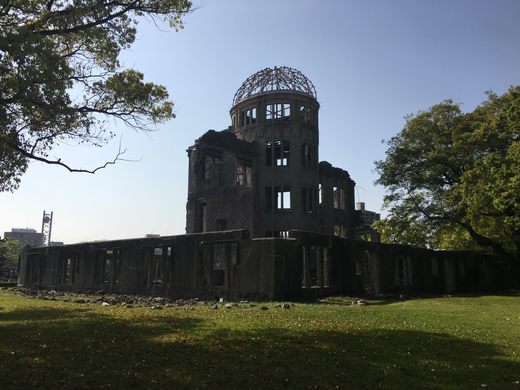














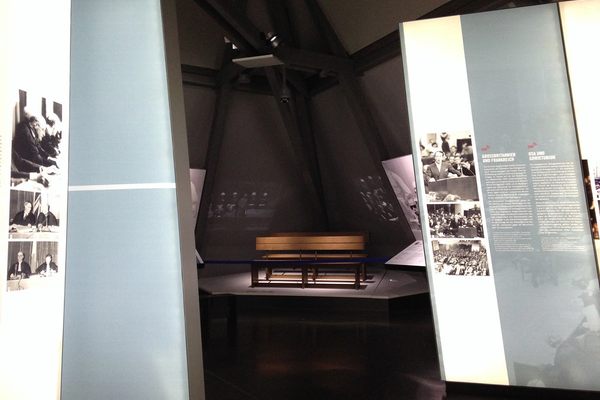

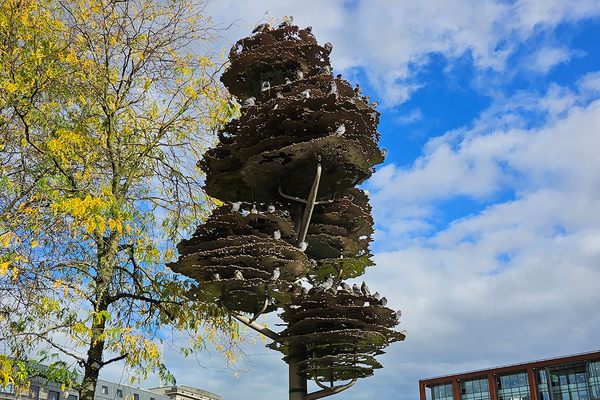

Follow us on Twitter to get the latest on the world's hidden wonders.
Like us on Facebook to get the latest on the world's hidden wonders.
Follow us on Twitter Like us on Facebook